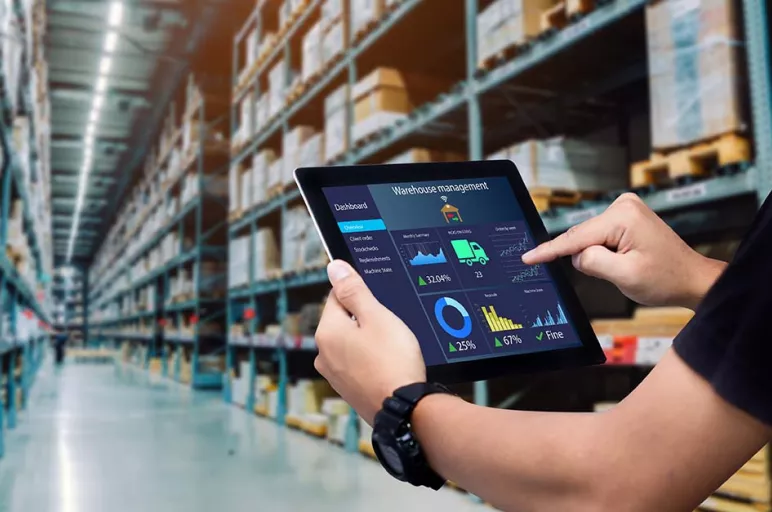
How to Leverage Automation in the Era of Inflation
- Autonomous systems have been able solve many issues related to labor shortages and process inefficiencies
- Robotic process automation or RPA is less intrusive and can be deployed across all departments with existing IT resources
- A large oil and gas firm used a bot to get regular notifications about contracts due for renewal, giving its procurement teams good lead time to look for alternative suppliers
June 01, 2022 | Market Intelligence 3 minutes read
Labor shortages, wage inflation, and add to that supply chain pressures.
How do companies keep the rising input costs in check?
One effective way has been automating some of the procurement and supply chain processes. Robots and autonomous systems have been able solve many issues related to workforce crunch and process inefficiencies in several industries.
Digitization And Automation of The Supply Chain
Despite a boost to business digitization during the pandemic, digitization of the supply chain remained in its most primitive stage, according to a Harvard Business Review (HBR) study commissioned by GEP.
While automation remains a top priority for many organizations, the dilemma most companies face is — from which part of the supply chain should the automation process start?
When it comes to automation, it is always best to start from low-hanging fruits.
For instance, in the case of a typical manufacturing setup, it is the accounts payable and logistics operations.
Also Read: AP Automation Boosts Savings and Productivity
Growing Adoption of RPA
A recent and low-cost technology that is being widely adopted is robotic process automation (RPA) and its advanced version intelligent process automation (IPA), which leverages artificial intelligence and machine learning to perform complex functions.
Unlike other automation technologies, RPA is less intrusive and can be horizontally as well as vertically deployed across all departments in the organization with existing IT resources.
Since most RPA platforms are easy to implement and offer a customized solution as per the organizational needs, RPA finds its growing adoption across various industries, from finance and banking to life sciences.
While RPA can automate a wide range of operations across the company, it is important to identify the processes which are eligible for RPA and thus its scope of implementation.
Typically, RPA gives higher ROIs if the operations have the following attributes:
- High transactional volume
- Structured data
- Well defined process with few exceptions
- Time-consuming processes
Moreover, not all processes in an organization can be automated. But still, some of the best candidates for process automation in a typical organization can be
- Purchase order initiation and management
- Manual work related to regulatory compliance
- Accounts payable
- Maintenance of master data
- Data feeding between ERP and other third party or internal portals
RPA Implementation
A Fortune 500 Oil and Gas company implemented a “Contract Planning Bot” to get regular notifications about contracts due for renewal, allowing procurement teams a good lead time to look for alternative suppliers that can offer better pricing or renegotiate existing contracts. This bot integration with their native systems also allowed the company to reduce instances of non-compliant spending.
Also Read: Impact of RPA in Procurement
DHL Global Forwarding Freight, a leading provider of air, ocean, and overland freight-forwarding services, was able to shift 50% of its workforce from a manual based process to an automated one as a part of its RPA implementation project. The company, to date, has been able to implement 500 RPA bots spanning across divisions by developing an in-house team to facilitate the smooth deployment of these bots.
Despite the simplicity in its operation, most RPA implementations fail because the process flow is not correctly defined, or respective stakeholder is not actively involved during the solution designing process.
Successful businesses invest not only in identifying potential opportunities and solutions but also in developing strategies for implementing them. This is a crucial consideration for anyone intending to use automation to mitigate inflationary pressures.



